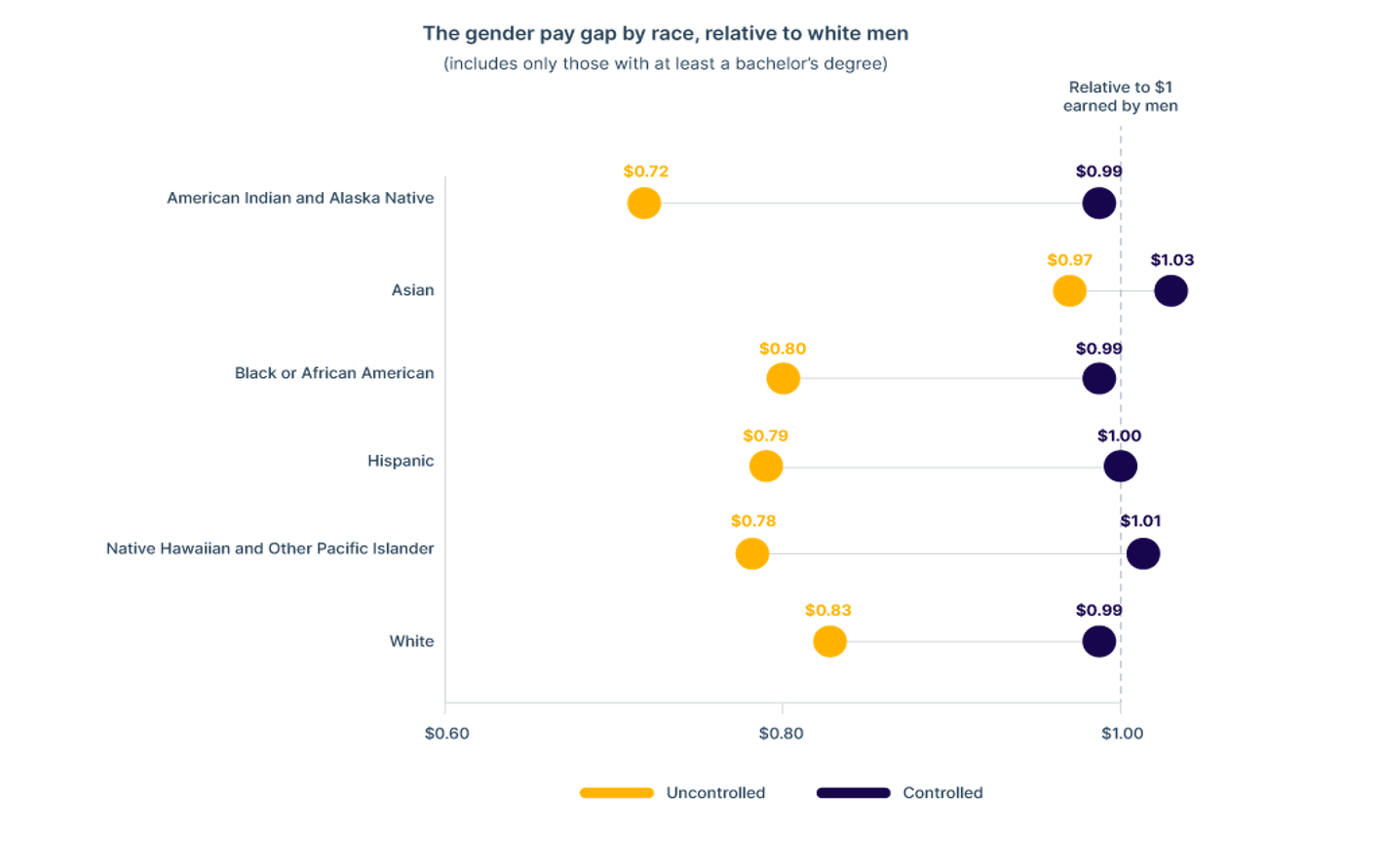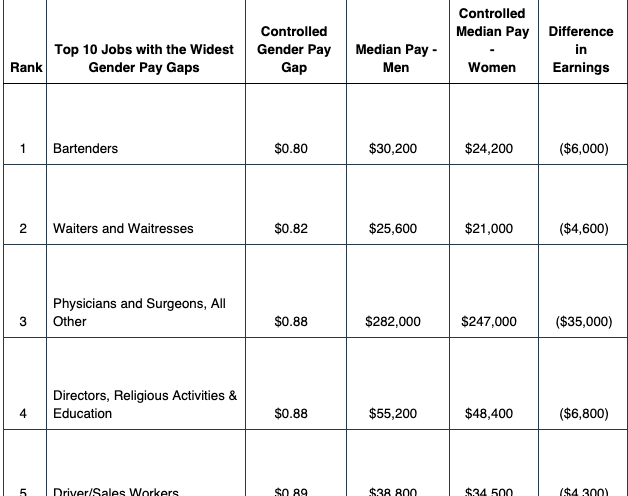
The gender wealth gap is old and unfortunate news, but recently released data is shedding fresh light on a pervasive topic that more of us should be talking about.
On National Equal Pay Day (March 14) data software brand Payscale Inc., shared the results of its 2023 Gender Pay Gap Report (GPGR) with ESSENCE and the numbers are shocking.
The report largely underscored that the gender pay gap is not only still adversely affecting women, but it’s also narrowing at an excruciatingly slow pace.
The report found that in 2023, for every dollar that men make, women earn $0.83 when data are uncontrolled and only gender is accounted for. Although this is one cent higher than last year’s average ($0.82), it still adds up to a loss of $900,000 for women over a lifetime.
“The uncontrolled gender pay gap, often called the ‘opportunity gap,’ tells us that high-earning, prestigious jobs favor men while women’s work is less valued,” said Ruth Thomas, pay equity strategist at Payscale. “The controlled gender pay gap tells us that women are still paid less than men for equal work, for no attributable reason,” “Both metrics are important, and together they highlight the wealth and power imbalance that continue to exist between men and women in our society.”
This power imbalance Thomas speaks about is even worse for Black women.
As previously reported by ESSENCE, the AAUW found that Black women make 58 cents to every $1 white men make in 2022.

Payscale analyzed earnings data to compile a ranked list of US locations and occupations with the largest pay gaps.
The report points out that best U.S. metros for women to work in include Los Angeles, Portland, San Diego, San Jose, and Washington, D.C.; the metros with the widest gender pay gaps include St. Louis, Pittsburgh, and Kansas City. The occupations with the lowest pay equity are bartenders, waiters and waitresses among other service positions.

The full report can be found here.





